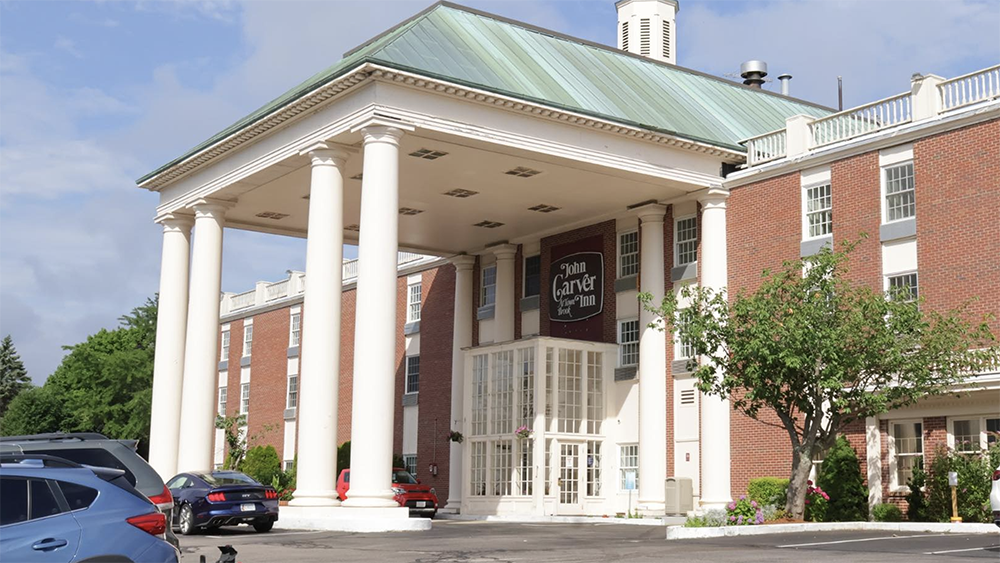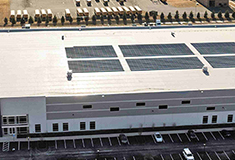News: Owners Developers & Managers
Posted: December 31, 2009
Puritan Flood's view on the best approach for drying concrete after water damage has occurred
Wet concrete, how dry should it be? This is an area that is still a little controversial, as there are several schools of thought on this subject. After water damage has occurred in a building, in addition to the walls and carpeting being effected, wet concrete is often involved.
Some water damage firms believe that the correct way to dry the wet concrete is by using air movers and a dehumidifier for a few days and then let it dry naturally.
Other firms believe that the building should be restored back to a pre-loss state as it was before the water damage occurred.
While still others will ask what type of floor covering had been there before and what the owner plans on installing over the wet concrete once it's dried.
All three views are correct but the last approach, in my opinion, is the best option to follow. The water damage technician should first ask what type of floor covering will be laid down over the concrete and then determine how dry that wet concrete floor should be. By doing so, an acceptable moisture content percentage will be determined before moving forward.
A wet concrete floor in an unfinished basement will definitely need some drying, but only enough to get as much moisture out of it in a couple of days as the water damage technician can. But if it is a retail building with a wet concrete slab and the owner plans on re-installing vinyl floor covering back on it, how dry should the concrete be? Will the insurance company pay for all that extra time and expense to dry the concrete? The floor covering in this scenario will make drying the wet concrete much more of an important issue, based on several factors. Any vapor barrier put over a wet concrete floor will slow down the moisture escaping and greatly increase the potential for mold to develop and thrive. In addition, most of the glues used in public buildings today are water based, so excessive moisture can cause problems with the glue, causing adhesion issues and will void many manufacture warranties.
Thus, it is very important for the water damage technician and the flooring contractor to determine what the floor covering is going to be, and to formulate their drying goals for that wet concrete as early in the process as possible.
Puritan Flood Restoration, founded in 1982, is the leading water damage restoration drying company in Massachusetts, and a pioneer on the national scene.
Paul Daniele is a principal of Puritan Flood Restoration, Needham, Mass.
*to comment on this story
visit nerej.com*
MORE FROM Owners Developers & Managers
Mount Vernon Co. acquires John Carver Inn & Spa in Plymouth, MA
Plymouth, MA The Mount Vernon Company (MVC), a Boston-based real estate and hospitality investment firm, has completed the acquisition of the John Carver Inn & Spa, an 80-room property.

Columns and Thought Leadership

Selecting the right façade installation firm - by Steven Powell
As the owner of a major new property being developed, or an existing large building preparing for major renovation, you want your design and construction team to have the right experience, capabilities, and expertise to match the project demands. A critical member of this team will be the façade installation specialty firm, since the quality of this installation will impact

IREM President’s Message: Fostering community connections during the holiday season
The holidays are again taking center stage, and with them comes an opportunity for multifamily communities to connect with the businesses and organizations in their cities and towns, fostering a sense of unity and generosity during this giving season

Recently passed legislation creates opportunities to meet CT’s changing energy needs - by Klein and Feinn
For decades, New England has had a summer-peaking power system, where the greatest energy use occurs on the hottest and most humid days, due to widespread use of air conditioning. But by the mid-2030s, electrification of the heating sector likely will result in a winter peak that’s higher than the summer peak.

.png)





.png)
